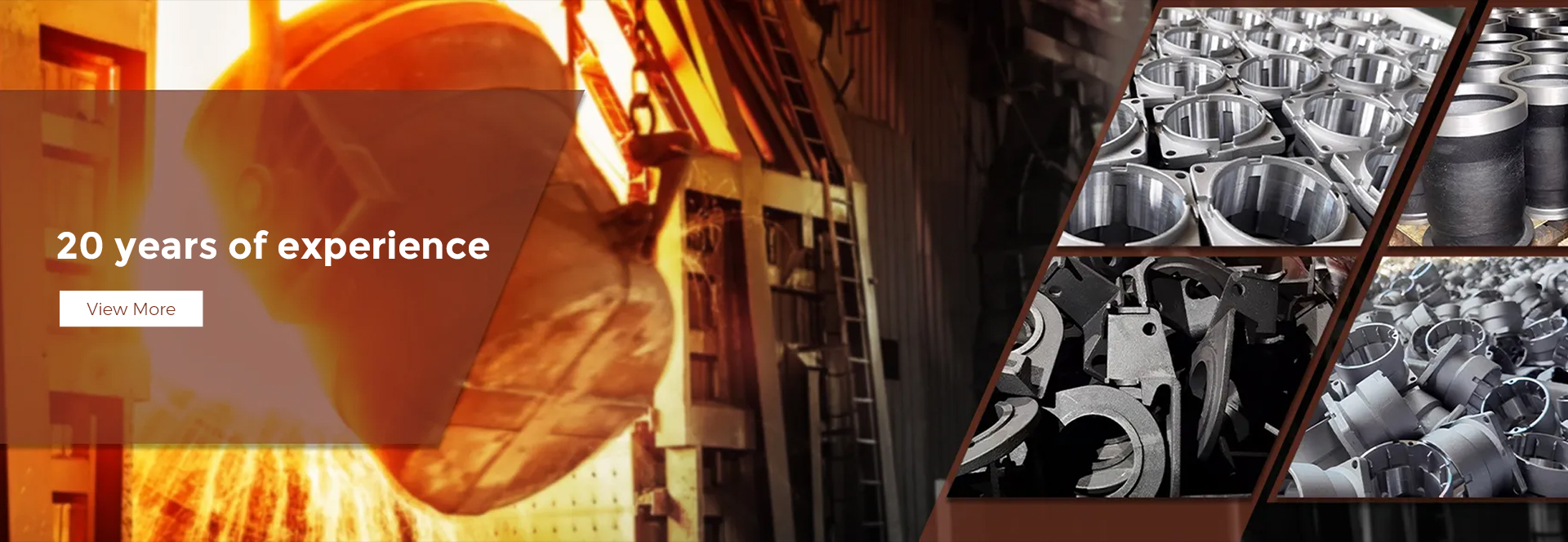Mobile:+86-311-808-126-83
Email:info@ydcastings.com
Exploring the Benefits and Applications of Austenitic Stainless Steel Castings in Industry
A Comprehensive Overview of Austenitic Stainless Steel Castings
Austenitic stainless steel castings have gained significant traction in various industrial applications due to their exceptional properties, including high corrosion resistance, excellent strength at elevated temperatures, and good formability. This article explores the characteristics, advantages, and applications of austenitic stainless steel castings, as well as the casting processes involved.
Understanding Austenitic Stainless Steel
Austenitic stainless steel belongs to the family of stainless steels that contain a high chromium and nickel content. The austenitic phase is stable at room temperature, characterized by its face-centered cubic (FCC) crystal structure. This composition imparts unique properties, including resistance to corrosion and oxidation, making it suitable for environments where other materials may fail.
One of the defining traits of austenitic stainless steel is its non-magnetic nature, which is crucial in applications where magnetic interference is a concern. Examples of common grades include 304 and 316, which exhibit differing levels of corrosion resistance depending on the alloying elements and intended use.
Properties of Austenitic Stainless Steel Castings
Austenitic stainless steel castings offer a multitude of advantageous properties
1. Corrosion Resistance The high nickel content in these alloys significantly enhances their resistance to various types of corrosion, including pitting and crevice corrosion. This makes them ideal for use in marine environments, chemical processing, and food handling applications.
2. High-Temperature Strength Austenitic stainless steels maintain their strength and toughness at elevated temperatures, making them suitable for applications like turbine components, exhaust systems, and heat exchangers.
3. Good Weldability These alloys are readily weldable, which is crucial for many construction and manufacturing processes. Post-weld heat treatment is, however, sometimes necessary to restore the material's properties.
4. Formability Austenitic stainless steels can be easily shaped and formed, allowing for the creation of intricate casting designs that meet specific requirements.
5. Ductility The excellent ductility of these materials under various conditions reduces the risk of brittle fracture, enhancing their reliability in demanding applications.
austenitic stainless steel castings

Casting Processes for Austenitic Stainless Steel
Several casting methods are employed for producing austenitic stainless steel castings, each offering distinct advantages
1. Investment Casting Also known as lost-wax casting, this method is suitable for intricate designs and provides excellent surface finish and dimensional accuracy. It is commonly used in the aerospace and medical industries.
2. Sand Casting This is one of the oldest and most versatile casting methods, ideal for producing larger components. It offers flexibility in terms of size and shape, making it a popular choice in industries such as automotive and construction.
3. Die Casting Although less common for austenitic stainless steels compared to non-ferrous metals, die casting can be used for high-production runs where precise dimensions and surface finishes are required.
4. Continuous Casting This method allows for the production of long lengths of austenitic stainless steel products, which can then be machined into specific components. It is particularly efficient for mass production.
Applications of Austenitic Stainless Steel Castings
The unique properties of austenitic stainless steel castings render them suitable for a wide array of applications, including
- Chemical Processing Used in reactors, heat exchangers, and pipelines due to their resistance to corrosive chemicals. - Food and Beverage Industry Ideal materials for equipment such as FDA-approved tanks, pumps, and valves, owing to their hygienic properties. - Aerospace and Defense Components like fittings, brackets, and casings that require lightweight and durable materials. - Marine Industry Used in various maritime applications such as boat fittings, propellers, and sea water pipelines due to their marine corrosion resistance. - Oil and Gas Essential in the production and transport of oil and natural gas, where durability against harsh environmental conditions is critical.
Conclusion
Austenitic stainless steel castings represent a vital material choice across various industries, thanks to their remarkable chemical and physical properties. As technology advances, the applications for these castings are expected to grow further, especially in sectors demanding high-performance materials. Understanding the unique characteristics and casting processes of austenitic stainless steel is essential for engineers and designers aiming to leverage its benefits in innovative ways.
-
Why Should You Invest in Superior Pump Castings for Your Equipment?NewsJun.09,2025
-
Unlock Performance Potential with Stainless Impellers and Aluminum End CapsNewsJun.09,2025
-
Revolutionize Your Machinery with Superior Cast Iron and Aluminum ComponentsNewsJun.09,2025
-
Revolutionize Fluid Dynamics with Premium Pump ComponentsNewsJun.09,2025
-
Optimizing Industrial Systems with Essential Valve ComponentsNewsJun.09,2025
-
Elevate Grid Efficiency with High-Precision Power CastingsNewsJun.09,2025











